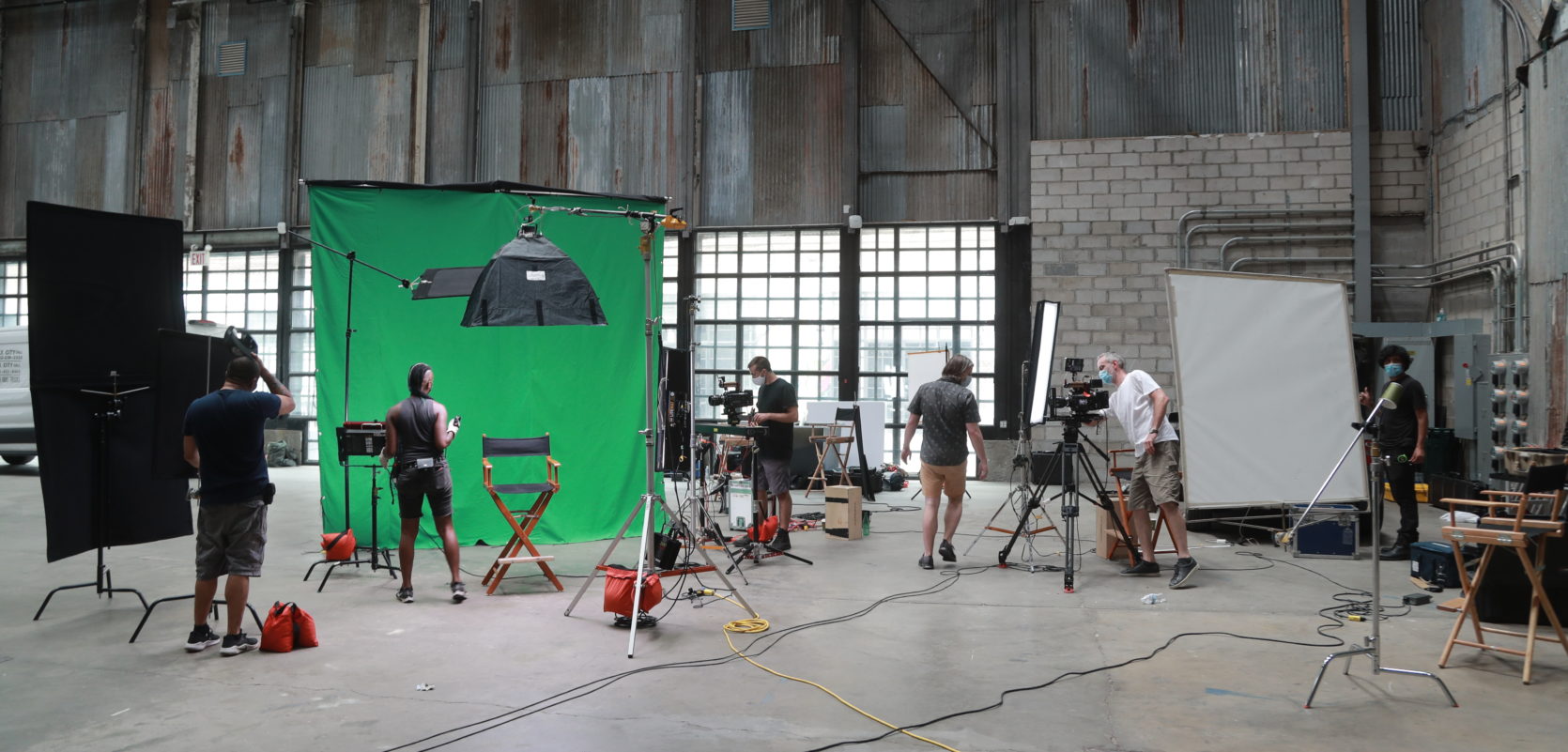Digital Compositing Techniques Explained
Digital compositing is a visual effects process. Which includes the use of computer technology. Such as software commands. To layer two or more images into a single desired image. Various digital compositing techniques have been developed over the years. To produce the desired visual results that we’ve all come to know and love in movies and films.

While compositing techniques that were originally used did not include any digital software or computer elements, most of today’s films use digital compositing techniques for their ease of use and versatility.
The most common digital compositing techniques include:
- Computer Generated Imagery (CGI)
- Matting
- Green Screen (Or Blue Screen)
Let’s take a look at each of these digital compositing techniques and how they are used.
Computer Generated Imagery (CGI) Techniques
The use of CGI in creating desired visual effects is incredibly common in most films and movies that we see today. This digital composition technique involves layering in computer produced images. Such as graphics or other elements like animation to create the desired view.
Like other digital compositing techniques, CGI involves the use of software programs to generate dynamic animations or other views for films and video.
Digital Matting Techniques
Matte compositing is a technique that has been used in the film industry for many years. But digital matting represents the most common means of matte composition used in today’s films and videos.
During digital matting, the elements of a film or video which are not desired are eliminated. And the desired new elements are placed over them. Computer software is used to achieve this technique. But early matte composition required hand painting the film for the desired look.
Green Screen Techniques
Probably the most widely used, and recognized digital compositing technique that even those who are not familiar with filmmaking recall is the green screen (or blue screen) composition technique.
Basically, this technique involves filming with a green or blue background. That is then eliminated from the view in post-production as a new background is layered in. If you’ve ever watched the nightly weather, you’ve seen green screens compositing in action.
This digital compositing technique is also called chroma keying. Because the computer process involved represents the use of a color key to layer in the appropriate view. Thus, the green screen area is removed. And anything that is green is replaced with the desired new imagery in post-production.


